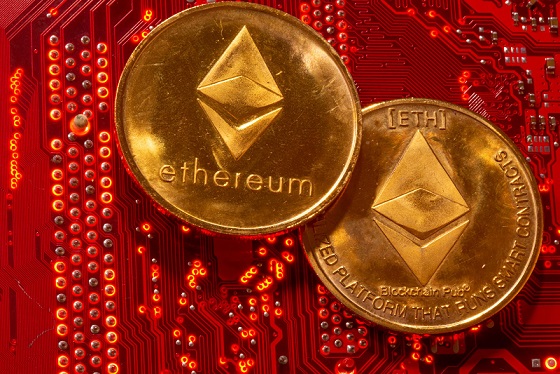Ethereum's Shanghai upgrade has led to a significant rise in liquid staking derivatives (LSDs), a newly formed asset class, which has seen its financial demand increase sharply. As per data from Dune Analytics, ether (ETH) staking participation has surged by 95% over the past year, reaching approximately $41.6 billion from a previous value of just over $22 billion. This growth follows a period of uncertainty concerning capital withdrawal.
The rapid growth of decentralized finance's (DeFi) latest investment vehicle, known as liquid staking derivatives finance (LSDFi), has raised concerns about power consolidation within this emerging sub-sector. A small group of players currently dominates the LSDFi market as large pools of staked ETH accumulate.
In response to these centralization concerns, advocates of Ethereum, who hold decentralization as a core blockchain principle, have been actively promoting distributed validator technology. This step is considered crucial for advancing the widespread smart contract blockchain ecosystem. Nonetheless, the future of staking and the potential success of collaborative efforts towards greater decentralization remain uncertain.
Understanding the increasing centralization in the LSD market requires a broader perspective on the landscape. Both retail and institutional investors are attracted to LSDFi due to its promise of capital efficiency and long-term returns. The swift growth of LSDFi has been propelled by its triad offering: yield maximization, capital liquidity, and network security validation. This appealing proposition has garnered the attention of traditional finance players.
Crypto-native traders with a long-term perspective on Ethereum view active staking participation as a natural progression, thus contributing to the first-mover advantage in this decentralized era. Among those closely observing these developments is Jordi Alexander, who serves as both the chief investment officer at Selini Capital and chief alchemist at Mantle.
This article was generated with the support of AI and reviewed by an editor. For more information see our T&C.
